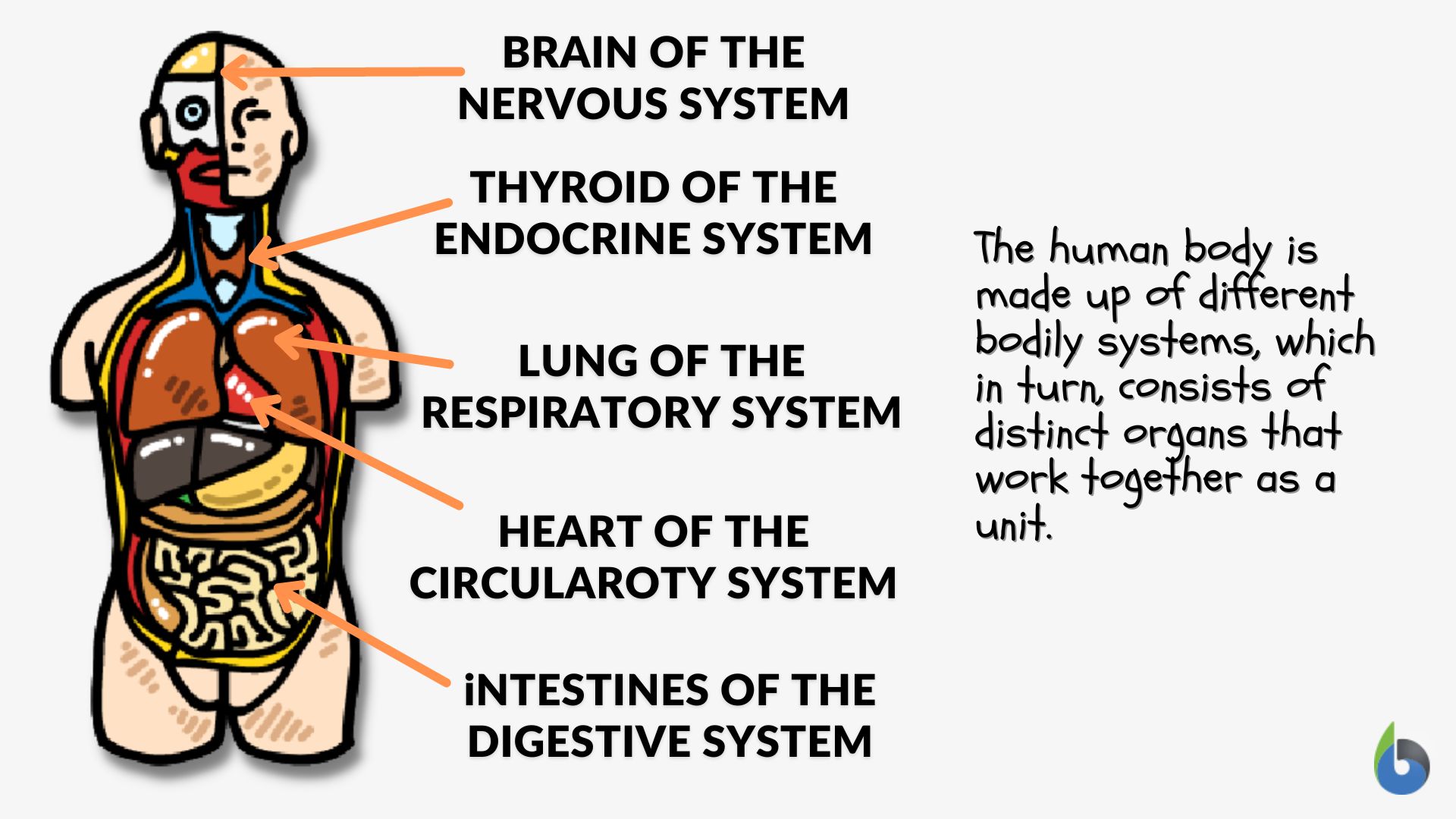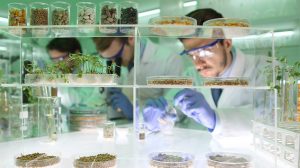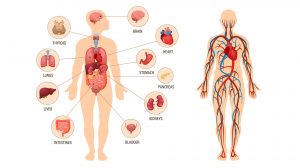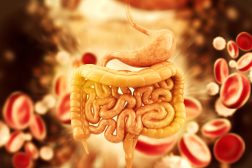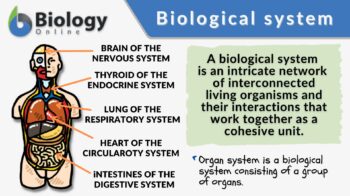
Biological System
n., plural: biological systems
/baɪəˈlɒdʒɪkəl ˈsɪstəm/
Definition: A group of entities that work together as a unit to carry out a particular task.
Table of Contents
Biological System Definition
A biological system refers to a network of entities that work as a unit, functioning together as a unified whole. It refers to the hierarchical organization of life, encompassing ecosystems, organs, tissues, and cells. These biological components of a highly organized whole interact to maintain life processes. The human body system is an example of a biological system wherein organs work together to carry out a particular task.
Etymology: The term “biological system” originates from the Greek words “bios” (life) and “sustema” (system), reflecting its nature as a systemic arrangement of living entities.
Synonyms: living system; organismal system; ecological system
Variants: bio-system
Human Body Systems Functions Overview: The 11 Champions (by Amoeba Sisters)
Characteristics Of Biological Systems
Biological systems show these fundamental general features:
- They are organized.
- They are interconnected.
- They are for stability.
Biological systems are structured in a collective organization interacting as a unit. The components that make up a biological system are integrated in such a way that they cannot be simply reduced as isolated individuals.
Take for instance the brain which is made up of a great number of neurons that work in intricate connections. While a basic unit, a neuron in isolation would not be able to fully elucidate brain properties, behaviors, and qualities. Even if the activities of the individual neurons are summed up. The neurons would be able to perform a brain function with much efficiency if working together, especially since their activity would have to be tightly regulated and maintained via homeostasis.
Examples Of Biological Systems
Here are examples of biological systems in hierarchical layers:
- Ecosystems illustrate the interconnectedness of life and the exchange of energy and matter within nature.

An ecosystem is a biological system comprised of biotic factors (living things) and abiotic factors (physical environment) functioning together as a unit. - The body (or bodily) system is the biological unit of the body of an organism. In higher forms of organisms such as vertebrates (including humans), the body systems include the integumentary system, lymphatic system, muscular system, nervous system, reproductive system, respiratory system, skeletal system, endocrine system, immune system, and urinary system.

Human body systems - In multicellular organisms, the cells are organized into tissues and organs.
- In single-celled organisms, such as bacteria and microscopic eukaryotes, a biological system pertains to the macromolecular complexes and organelles within the cells of prokaryotes and eukaryotes, respectively. The cells of unicellular organisms may be deemed “simple” relative to the intricate structure of multiple cells of higher forms of organisms. However, their single cell is, nonetheless, a complex structure in its own right, sufficiently and efficiently carrying out processes vital for their growth and survival.
NOTE IT!
The Power of Systems Biology
Systems biology is a field of biology that makes use of mathematical models and data analysis to unravel the complexities of biological systems. At its core, systems biology seeks to understand how various components within a biological system, such as genes, proteins, and cells, interact with one another.
One of its powerful tools is mathematical modeling, allowing scientists to simulate and predict the behavior of biological systems in a given condition.
- For instance, comprehensive molecular profiling of cancer cells has been made possible by systems biology techniques, such as genomics, proteomics, and metabolomics.
- In ecological systems, such as rivers and lakes, the intricate interactions among microorganisms and their environment are studied through network analysis, particularly by studying nutrient cycling, pollutant degradation pathways, and the role of keystone species in ecosystem stability.
Take the Biological System – Biology Quiz!
Further Reading
References
- Smith, J. (2022). “Biological Systems and Their Significance.” Journal of Biology, 45(3), 217-230.
- Johnson, M. R. (2021). “A Comprehensive Study of Biological Systems.” Annual Review of Life Sciences, 7(2), 112-129.
- Darwin, C. (1859). “On the Origin of Species by Means of Natural Selection.” (Classic Reference)
- Mayr, E. (1963). “Animal Species and Evolution.” (Classic Reference)
©BiologyOnline.com. Content provided and moderated by Biology Online Editors.

